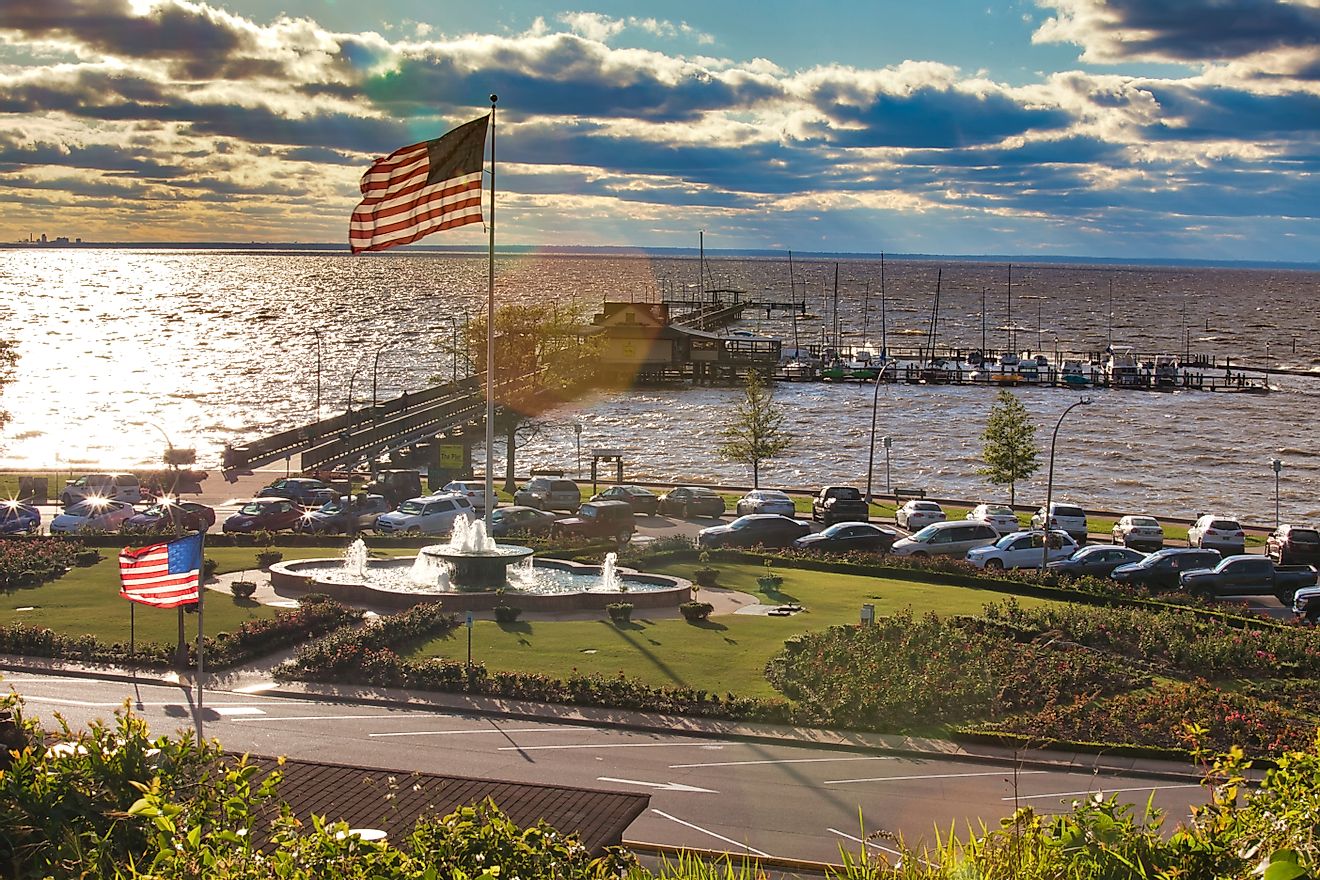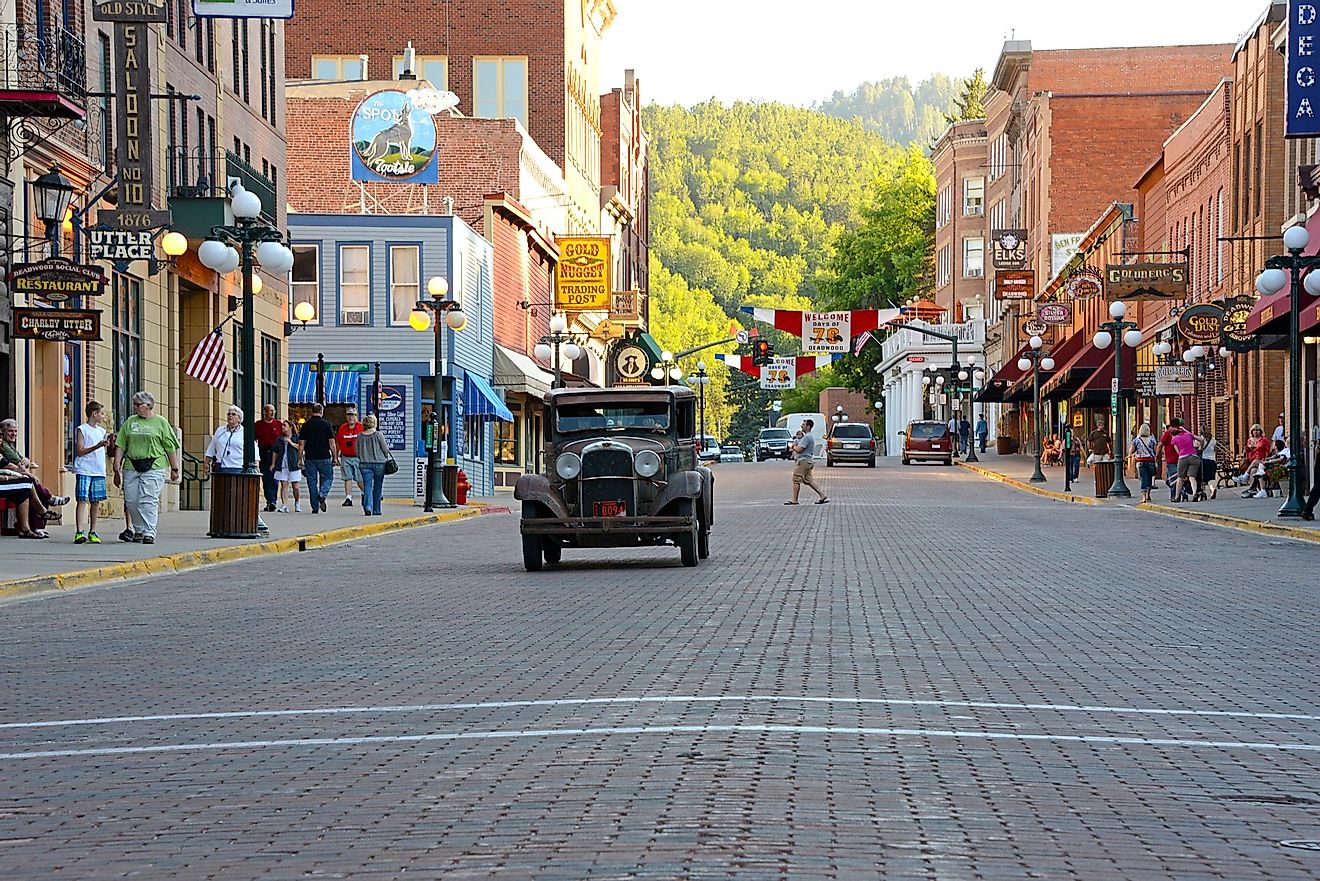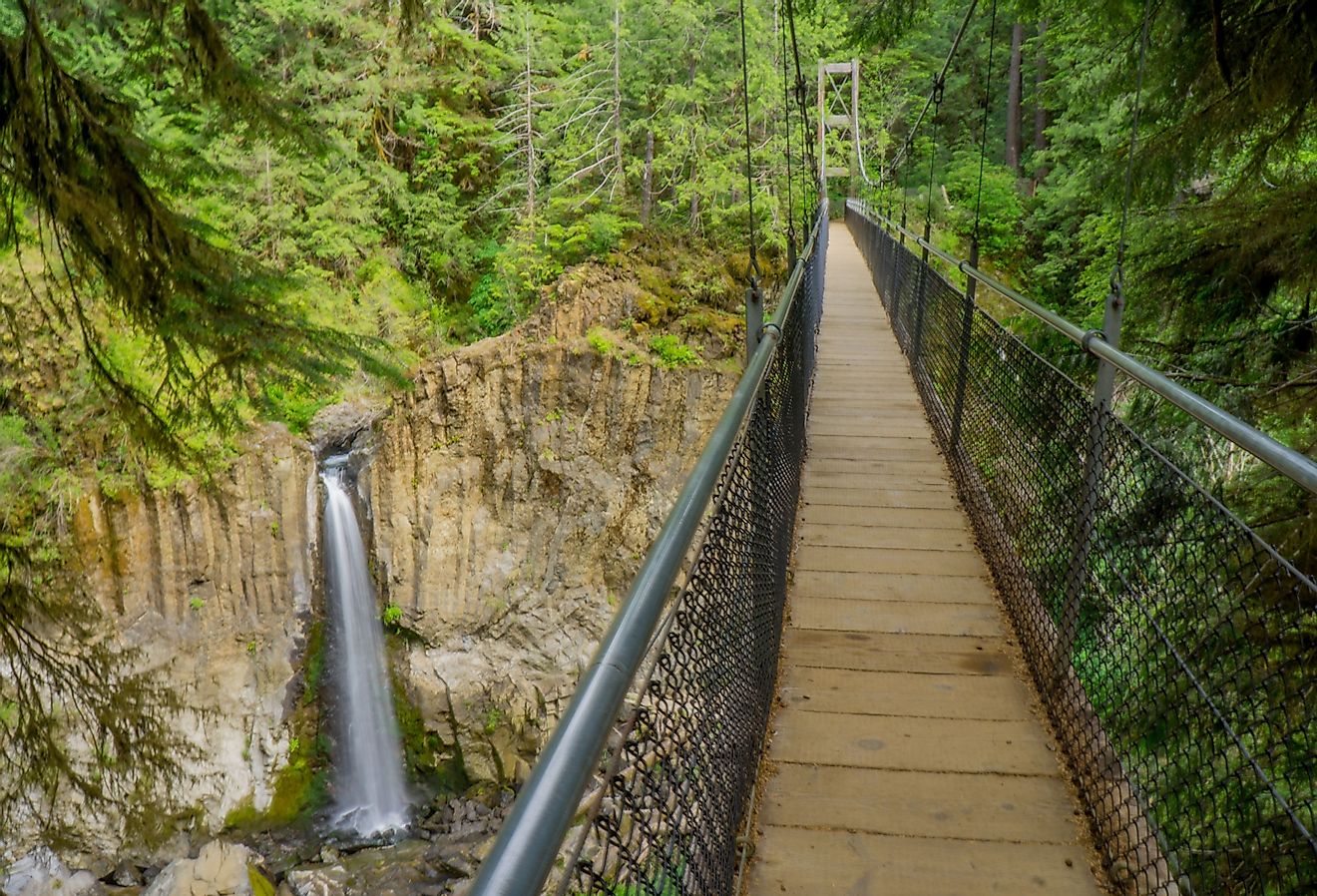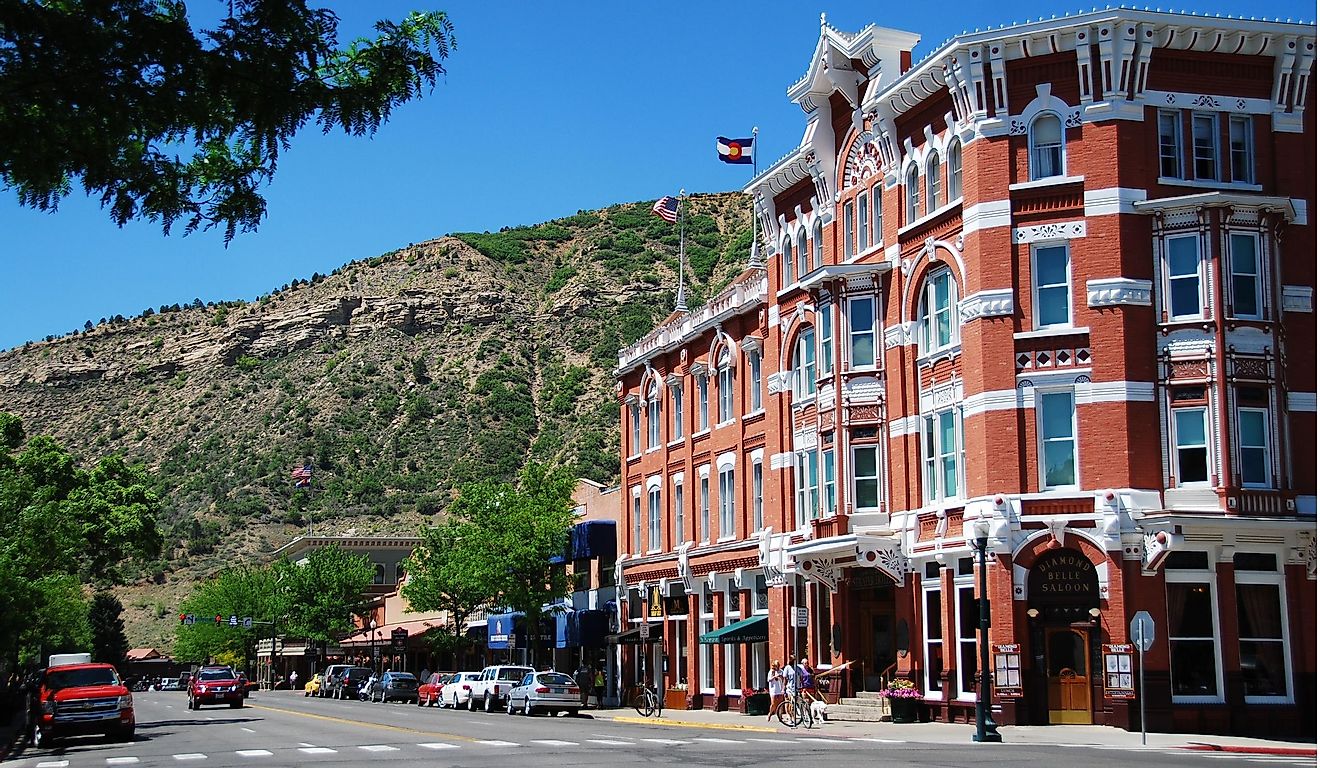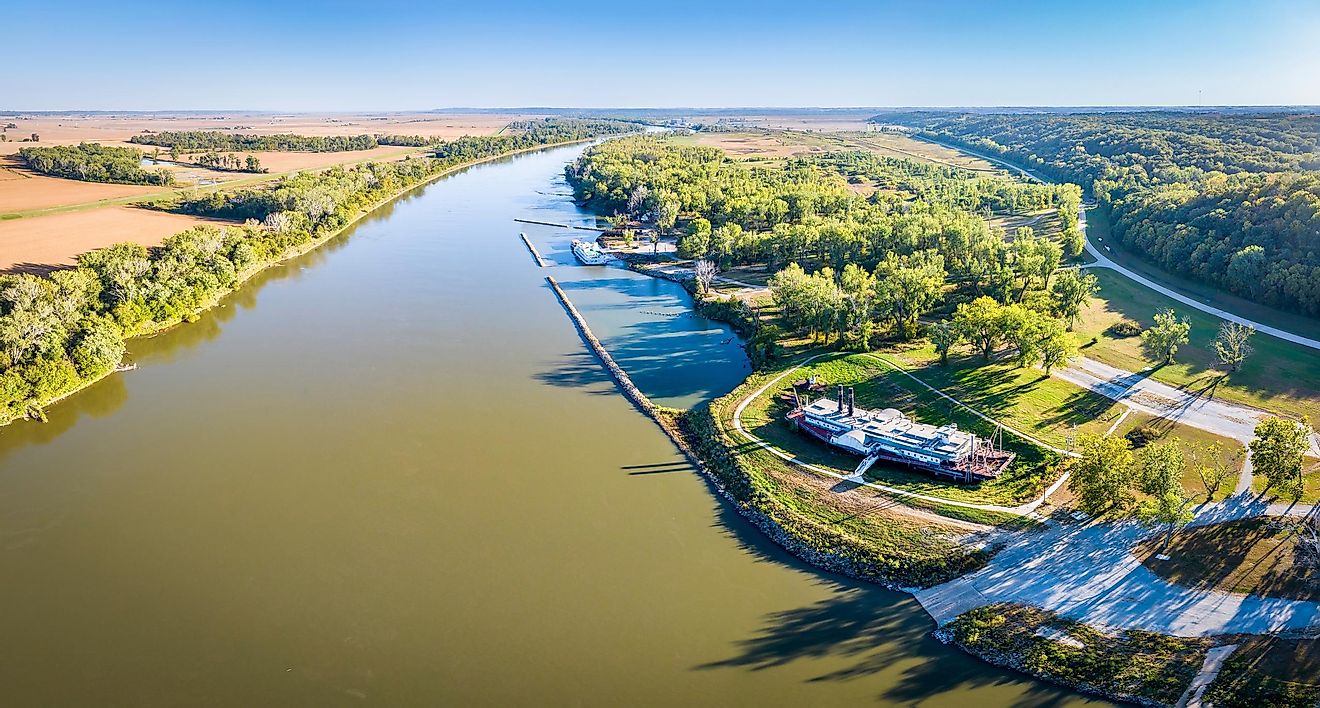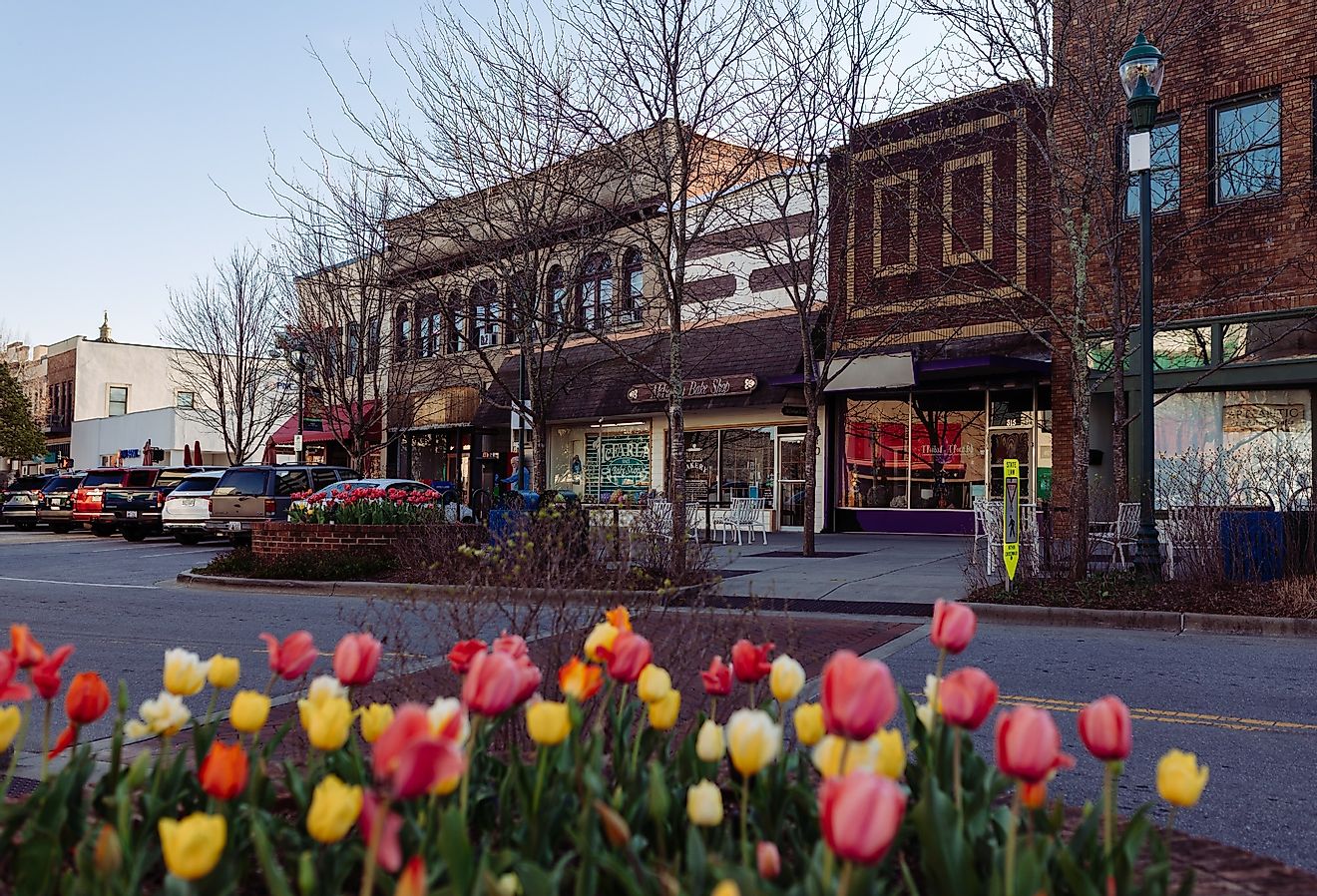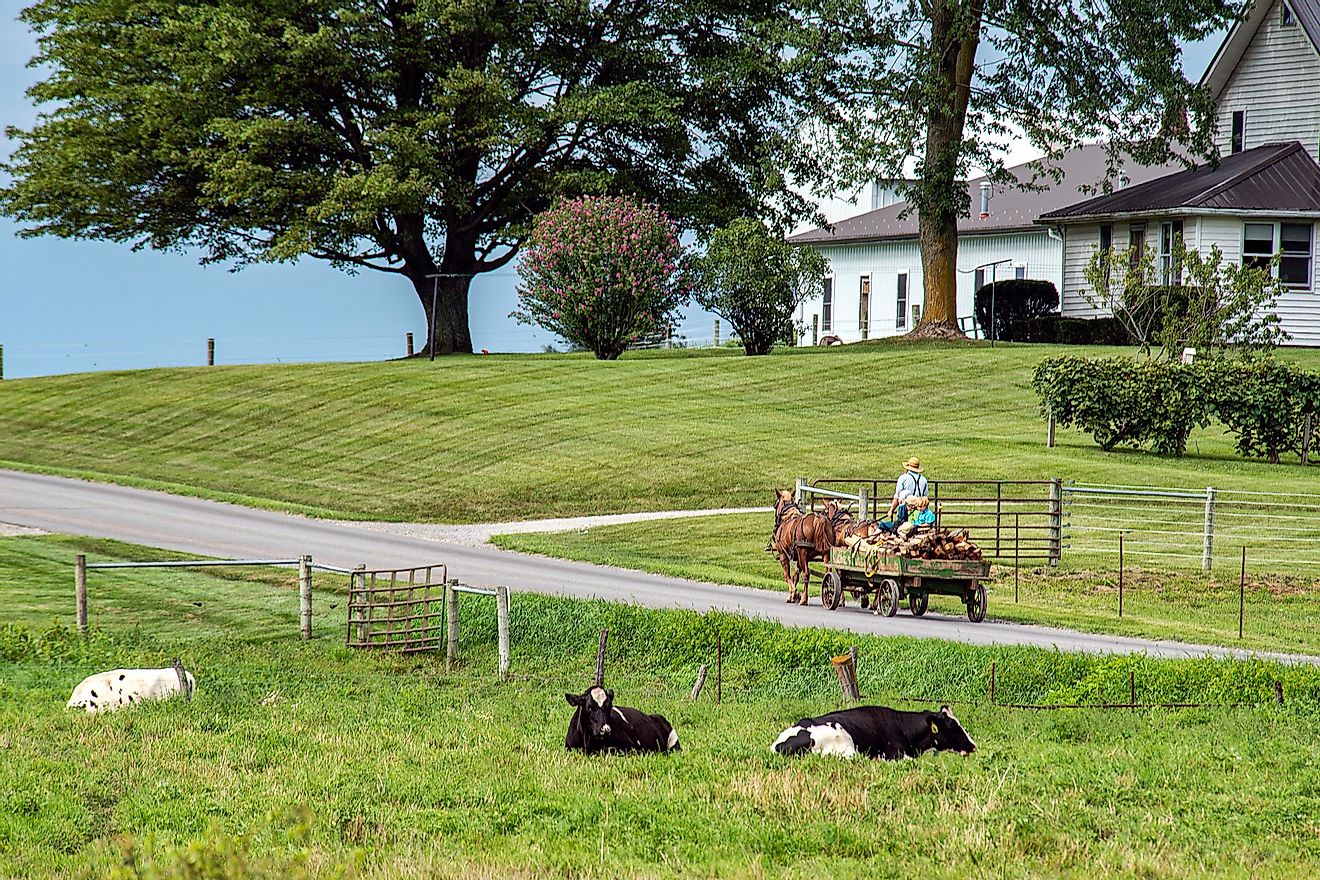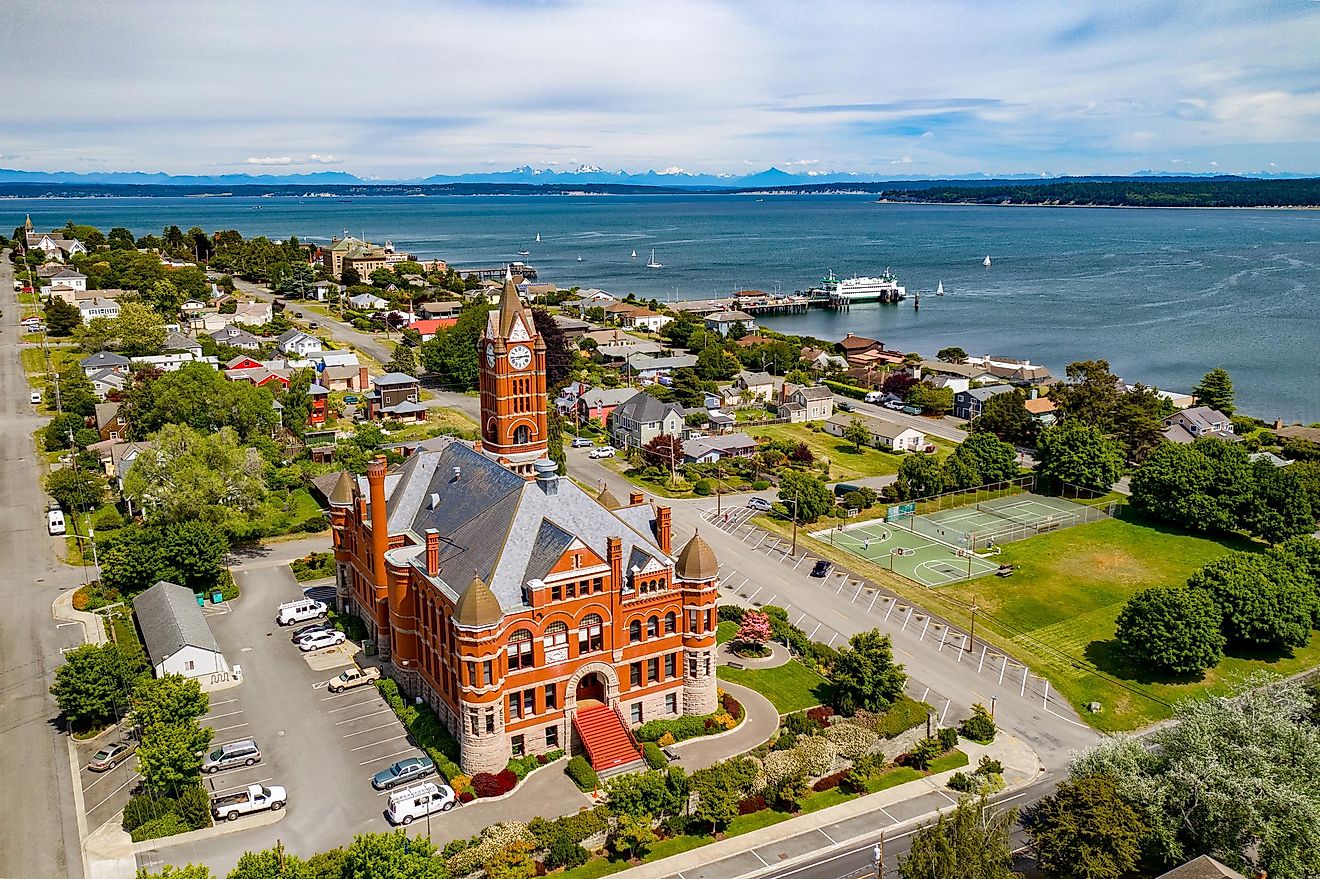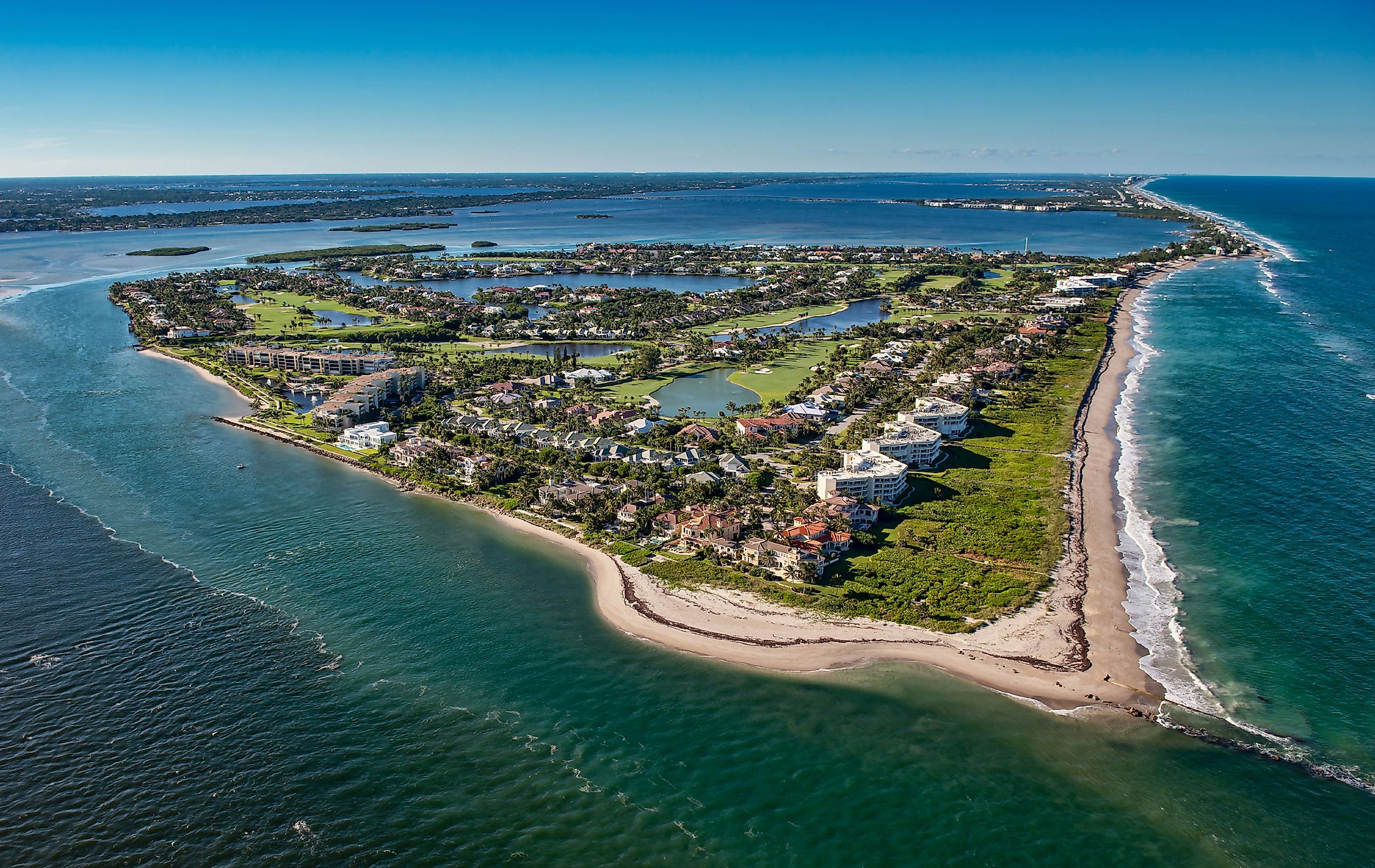
Treasure Coast
The Treasure Coast is a region located on the Atlantic Coast, Florida, United States of America. The region comprises St. Lucie, Indian River, and Martin Counties. The name refers to a Spanish Treasure Fleet, which disappeared in a 1715 hurricane off the Sebastian Inlet area. The fleet, also known as the 1715 Treasure Fleet or 1715 Plate Fleet, consisted of twelve ships, eleven of which carried silver and artifacts and were lost in a hurricane near present-day Vero Beach, Florida.
The name of the Treasure Coast region emerged from residents who wanted to distinguish themselves from the Gold Coast region and Miami to the south, which had a reputation for Latin American drug dealers in the 20th century. The Treasure Coast region in Florida is diverse in its landscape and natural features. The western portions of the region are rural and have significant agricultural and environmental influences, while the coastal areas are both developed and heavily populated. The Treasure Coast region is home to portions of Lake Okeechobee, The Savannahs, Jonathan Dickinson State Park, and St. Lucie and Loxahatchee Rivers.
Geography of Treasure Coast
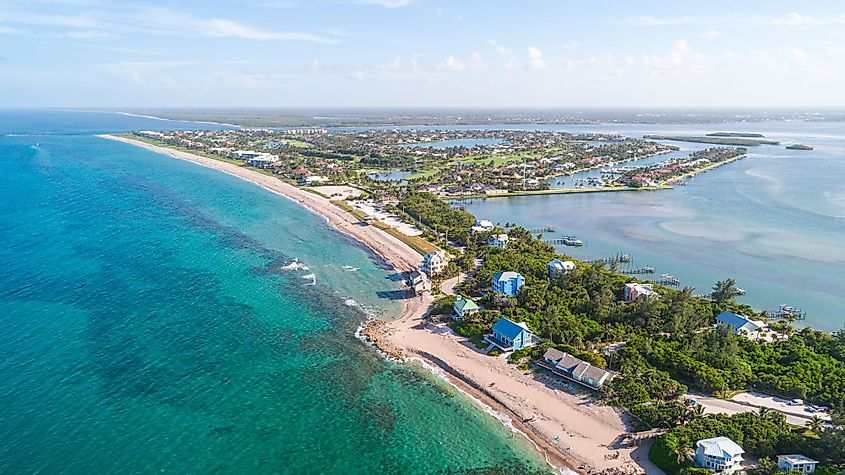
The narrow sand bars and barrier islands on the Treasure Coast shield the beaches from the Atlantic Ocean. The region has many beaches, some of which are popular for family vacations, such as Bathtub Beach and Stuart Beach. Pine and Palmetto flatlands can be found along with a preponderance of lakes and rivers scattered in the entire Treasure Coast region.
Flora and Fauna of Treasure Coast
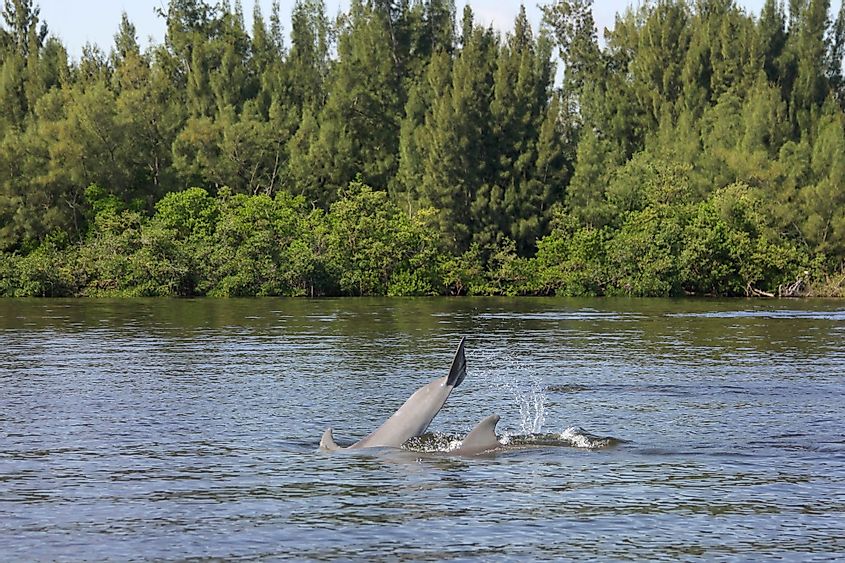
The Treasure Coast possesses some of the most beautiful flora of Florida. Ferns and palm trees are widely spread all over the region. Treasure Coast is home to various animals, including alligators, crabs, dolphins, manatees, herons, pelicans, and dozens of colorful bird species.
Brief History
Although the area has long been inhabited, a popular identity for the region did not emerge until the area experienced its initial population boom in the 20th century. Treasure Coast region is one of several “coast” regions in Florida, such as the First Coast and the Gold Coast. The term was introduced after salvagers started recovering Spanish treasure off the coast in 1961. The treasure belonged to the 1715 Treasure Fleet, which was lost in a hurricane near the Sebastian Inlet. The discovery of the treasure brought international attention to the area. John J. Schumann Jr. and Harry J. Schultz of the Vero Beach Press Journal started using the term “Treasure Coast” to refer to the area which was between the Space Coast (Brevard County to the north) and the well-known Gold Coast (Palm Beach to Miami to the south), and the use spread to the community.
A 2007 survey by geographers Ary J. Lamme and Raymond K. Oldakowski found that the “Gold Coast” was restricted primarily to Broward and Miami-Dade counties, while the “Treasure Coast” term had emerged describing the area from Palm Beach County northward. The Gold Coast region and Miami had acquired some unflattering connotations, and to promote their locale as a tourist destination, the communities in the region needed to distinguish themselves and used the term “Treasure Coast” to refer to their area.
